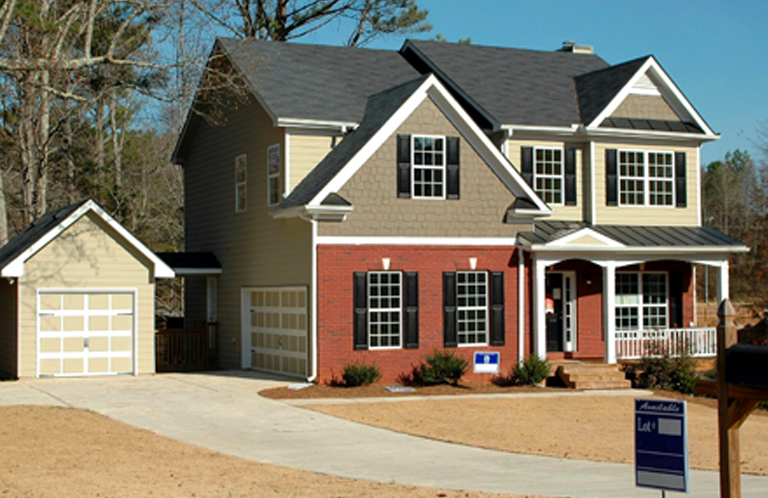The home affordability challenges facing a generation of Millennials are reminiscent of certain circumstances their Baby Boomer parents encountered in the 1980’s, according to some economists observing the current market.
With 30-year fixed mortgage rates up around 8% and home prices kept high by tight supply, sales activity has hit a wall during the second half of 2023.
The National Association of Realtors cited data this week showing that housing affordability has reached its lowest level since 1985, when mortgage rates stood at 10% or higher following a steep increase during the first half of the decade. The present drop in affordability has plunged below the NAR index score seen during the 2007 housing bubble.
“We think the 1980’s are a better analogy for today’s market than the 2008 housing crash,” Bank of America executives said in a note earlier this month.
During the 1970’s and 1980’s, double-digit inflation prompted the Federal Reserve to pursue a strategy of increasing the benchmark interest rate to contain it — similar to what has happened since early 2022.
Since housing is one of the most interest rate-sensitive parts of the economy, housing costs tend to increase in this type of economic environment. That gets compounded by limited home supply, which keeps list prices high due to the demand that still exists.
The current mortgage rates rose steeply after hitting lows of 2-4% during the early years of the COVID-19 pandemic, which saw a buying frenzy. The constraints on home supply are now even more dramatic because people who bought or refinanced homes during that period are reluctant to sell them and face the current market.
Elevated rates over a long period of time are expected to keep home buying down.
“A ‘higher for longer’ interest rate environment would likely not only weigh on demand, but could also constrain supply by reducing new construction and discouraging prospective sellers carrying low mortgage rates from listing their homes for sale,” Wells Fargo economists Charlie Dougherty and Patrick Barley wrote in a recent commentary about the state of the market.
Home prices were significantly lower in the 1980’s than they are today, even with high mortgage rates factored into the equation. The median home price in 1985 was $84,300, up from $64,600 in 1980. By 1990, the median home price was $122,900, according to data from the U.S. Department of Housing and Urban Development.
As of the third quarter of 2023, the median home price is $430,000. That’s up $14,200 from the second quarter, but down $37,700 from a year ago.
Existing-home sales fell sharply during the 1980’s, much like they have again over the last year.
The economists anticipate that the Fed’s interest rate hikes have likely come to an end and interest rates will decline modestly over the next year. Sales activity is on track to remain slow during this period, with some increased sales of newly built homes.
The current market doesn’t offer an exact comparison to the 1980’s, but what separates today’s situation from the 2008 recession is that the economy has otherwise remained resilient.
If the 1980’s serve as a lesson to homebuyers, it’s that change and improved affordability will likely be gradual.
Photo credit Pixabay/Pexels.com


